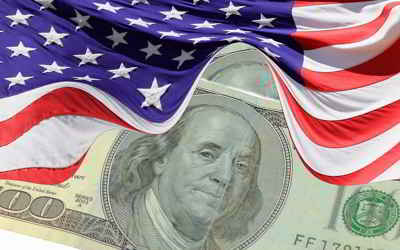Alabama Economy
Agriculture and Industry in Alabama
Alabama economy is a set of human and social activities and institutions related to the production, distribution, exchange and consumption of agriculture
and industry goods and services. The balance between Alabama various economic sectors differs largely between various regions and other states in the
US. Over the years, the state's economy has evolved from coal mining to steel and iron production, which has helped several of its business sectors.
These days, the top five industries in Alabama are: automotive, chemical, technology, forestry, and aeronautics.
Alabama Agriculture and Industry
Alabama's real gross state product in 2012 was estimated to be $157,272 which was just about the national state average, $187,440. Alabama has the 26th highest GSP out of the 50 states. Today paper, chemicals, rubber and plastics, apparel and textiles, primary metals, and automobile manufacturing constitute the leading industries of Alabama. Continuing as a major manufacturer of coal, iron, and steel, Birmingham is also noted for its world-renowned medical center. The state ranks high in the production of poultry, soybeans, milk, vegetables, livestock, wheat, cattle, cotton, peanuts, fruits, hogs, and corn.
Alabama Agriculture:
Alabama's agricultural outputs include poultry and eggs, cattle, plant nursery items, peanuts, cotton, grains such as corn and sorgum, vegetables, milk, soybeans, and peaches.
The central Black Belt, formerly a principal cotton-growing area, is now employed largely for raising poultry (the state ranks third in U.S. broiler chicken production) and cattle, Alabama's most valuable agricultural products. Cotton is still the chief crop; greenhouse plants, peanuts, and vegetables are also important
Alabama Industry:
Alabama's industrial outputs include iron and steel products, including cast-iron and steel pipe, paper, lumber, and wood products, mining (mostly coal), and plastic products, cars and trucks, and apparel.
The state has become an important center for building cars, including Mercedes, Honda, and Hyundai. Alabama builds one-fourth of all passenger vehicles produced in the South. According to the 2013 Automotive News Market Data Book, Alabama ranks fifth in the US car and light truck production, making 918,000 vehicles during 2013.
The No. 2 exporter in Alabama is the chemical manufacturing industry, which makes chemical substances such as oxidants, light stabilizers, emissions catalysts, and chlorine. More than 200 chemical companies are located in the state, including DuPont, 3M Co., BASF, and Daikin.
In Alabama, tech companies are creating products for modeling and simulation technologies, cyber security, and data centers. Information technology is particularly prevalent in the Huntsville/Madison County area of the state, with more than 300 international and domestic corporations operating in that area. Their work ranges from the design and production of electronics and computer-related technology to the manufacturing of technology hardware to the making of sensors and radars for advanced missile systems.
The timberland in Alabama, third largest in the United States, is greater than the combined states of Connecticut, Delaware, Massachusetts, New Jersey, and Rhode Island. Forestry is the state's second largest manufacturing industry, with $13 billion in products produced annually. The state is first in pulp production and third in paper production nationwide.
The aerospace industry in Alabama is more than 100 years old, starting with the Wright brothers' establishment of a civilian flight school in 1910.
Alabama produces aerospace and electronic products, mostly in the Huntsville area, home of the NASA George C. Marshall Space Flight Center and the
US Army Missile Command, headquartered at Redstone Arsenal.
Manufacturing accounts for a larger share of the state's income, however. Where the Tennessee River loops across the north, hydroelectric power from
the Tennessee Valley Authority has converted much agricultural land to industrial uses. Alabama has the second most extensive (after Georgia) forests
in the contiguous United States, and pulp and paper products are leading products. Today, paper, chemicals, rubber and plastics, apparel and textiles,
primary metals, and automobile manufacturing are Alabama's leading industries. Continuing as a major manufacturer of coal, iron, and steel, Birmingham
is also noted for its world-renowned medical center. The Marshall NASA Space Flight Center, Redstone Arsenal, Maxwell Air Force Base, and Forts Rucker
and McClellan contribute significantly to the economy.

US economy is relies on private decision-making ("economic freedom")




